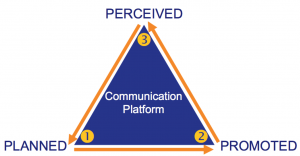As the Summer of 2023 enters full swing, the world has officially shaken off the remaining vestiges of the pandemic years. While we are all enjoying this return to normalcy, it’s critical that those of us who have the privilege and responsibility to craft policies for the workforce don’t forget some of the lessons we learned when life slowed down more than 3 years ago.
· Mental health matters.
· Personal and family time is important.
· Less in-office time and fewer meetings does not mean lower productivity.
Even though the world seems increasingly focused on improving mental health, research uncovers that full-time employees’ mental health has declined in recent years. U.S. employees regularly log longer hours and cite feeling that they are always on call.



 Henry Ford is attributed with saying, “If I’d asked customers what they wanted, they would have said ‘faster horses.’”
Henry Ford is attributed with saying, “If I’d asked customers what they wanted, they would have said ‘faster horses.’”







